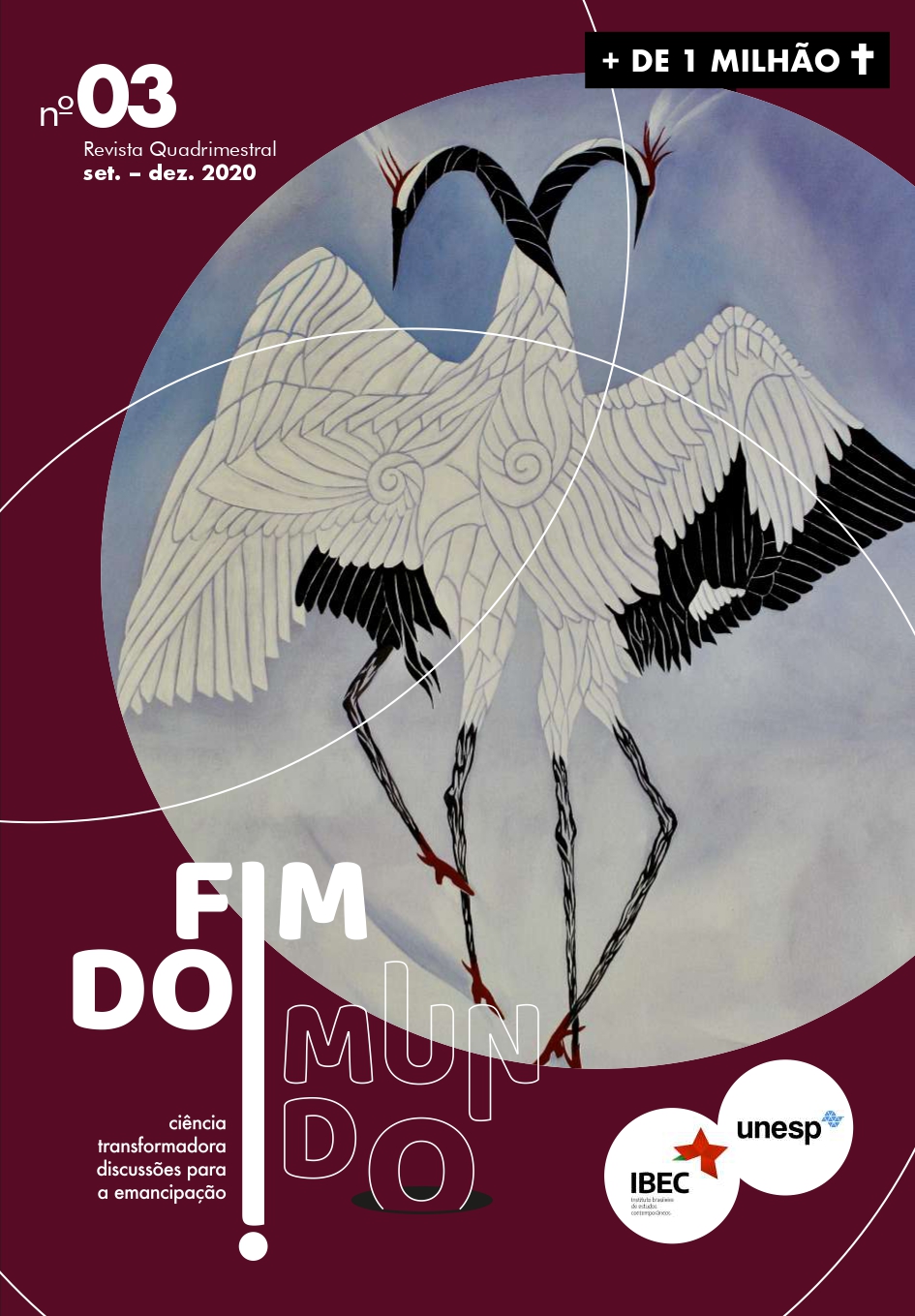Brasil
structural crisis, pandemics, social policies and the harsh economic reality
DOI:
https://doi.org/10.36311/2675-3871.2020.v1n03.p18-49Keywords:
structural crisis, pandemic, technological revolution, social policies, transitionAbstract
In the first decades of the 21st century, capital is in the middle of a long Kondratiev cycle. However, this cycle has peculiarities that differentiate it from the previous ones: a) it is the first time that capital is in structural crisis, b) the global ruling class has no alternative but to deepen the current neoliberal model in crisis, c) the fourth ongoing industrial revolution, as well as the previous ones, will have a strong impact on changing both the productive forces and the social relations of production with substantial changes in the world of work, but this time with a rupture component that places capitalism at its structural limits; d) social policies to combat poverty and social inequality, which have existed since the 18th century, now appear as a fundamental element for the existence of both the society in crisis and the survival capacity of millions of individuals around the world. This implies structural changes in the relations of production and social relations beyond the paradigm of modernity in crisis. In Brazil today, after the consequences of the 2016 coup that deposed President Dilma Rousseff and after almost two years of the economic and social policy of the Bolsonaro-Guedes Government, Brazil finds itself in a situation of brutal worsening in socio economics indicators.
Downloads
Downloads
Published
Issue
Section
License
Copyright (c) 2020 Revista Fim do Mundo

This work is licensed under a Creative Commons Attribution-NonCommercial-NoDerivatives 4.0 International License.
The Revista Fim do Mundo owns the copyright of the articles published in its editions. As they appear in this publicly accessible journal, the articles are free to use, with their own attributions, for educational, scientific, and non-commercial purposes.










